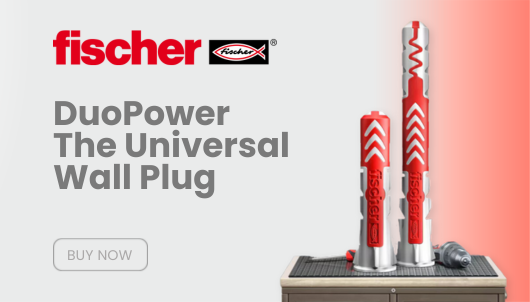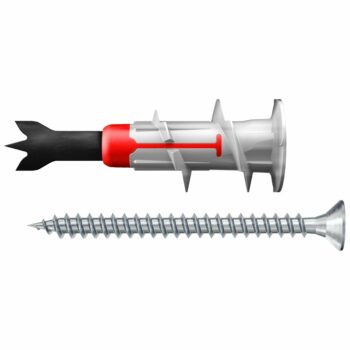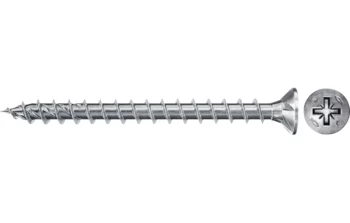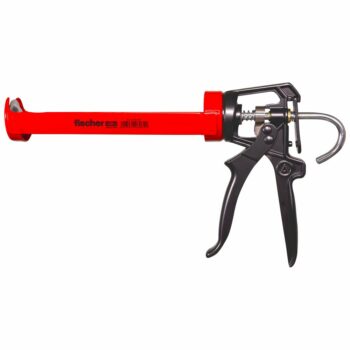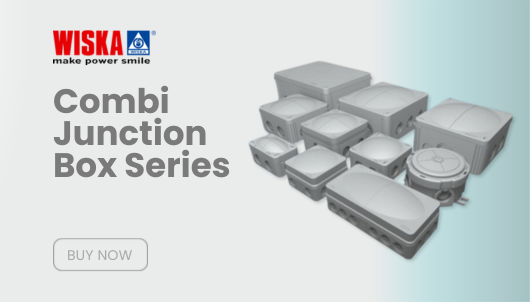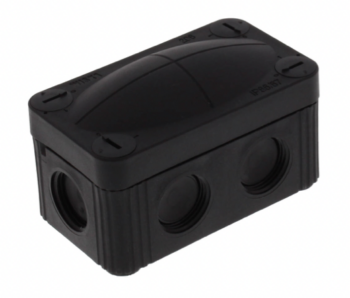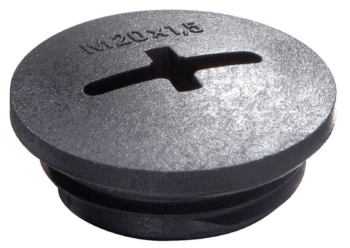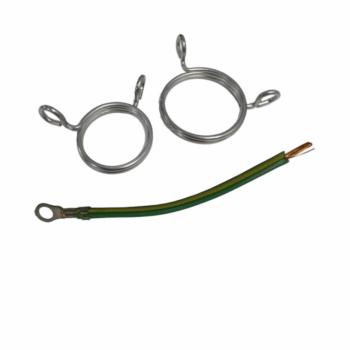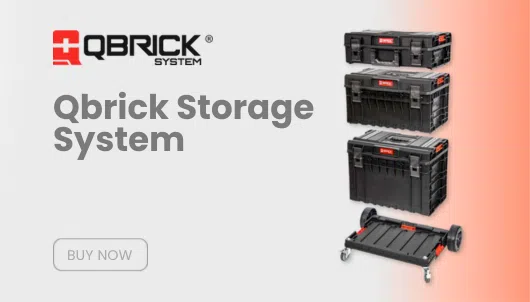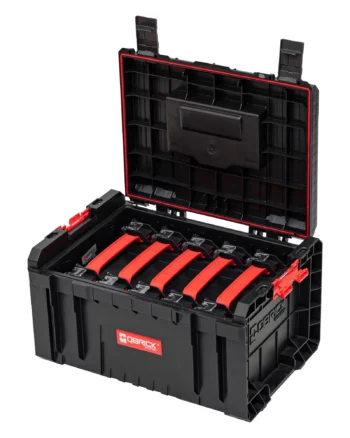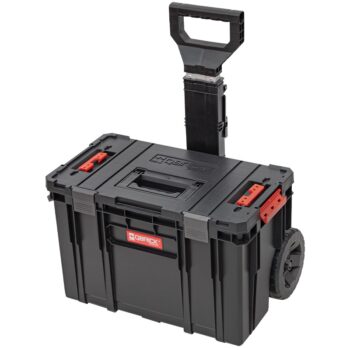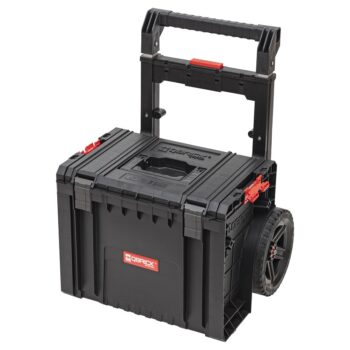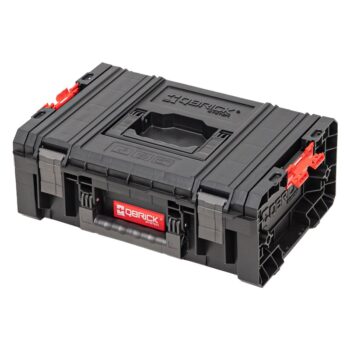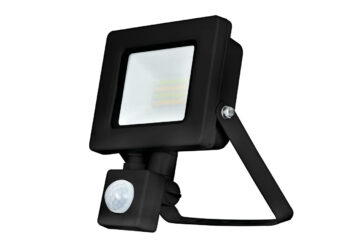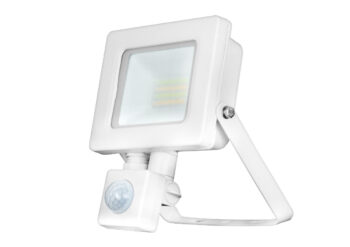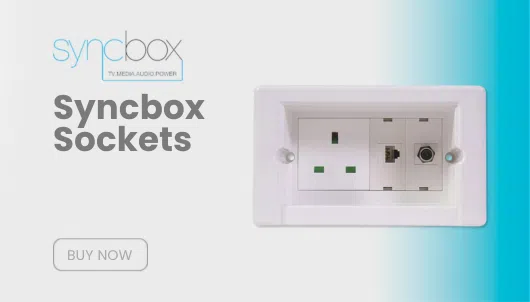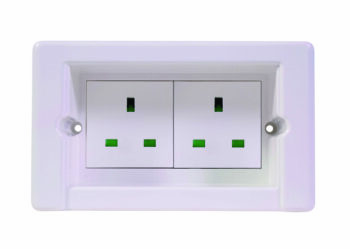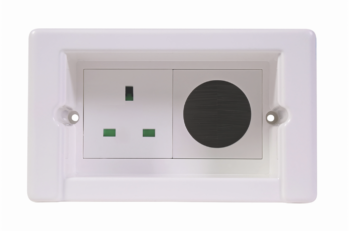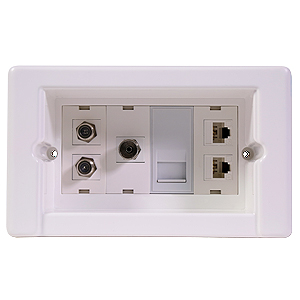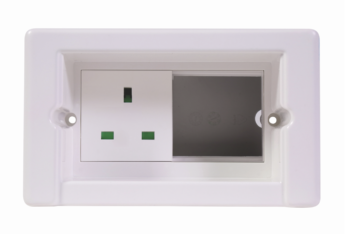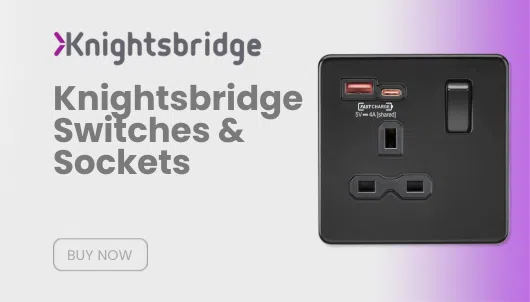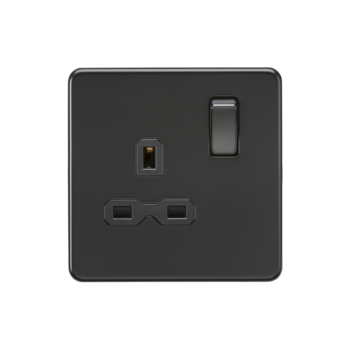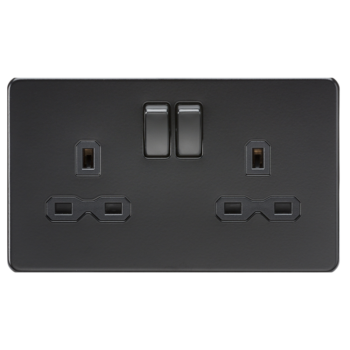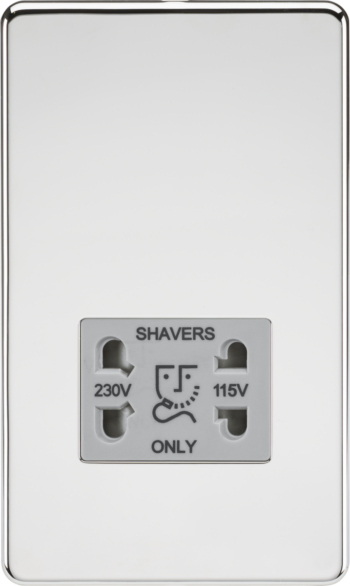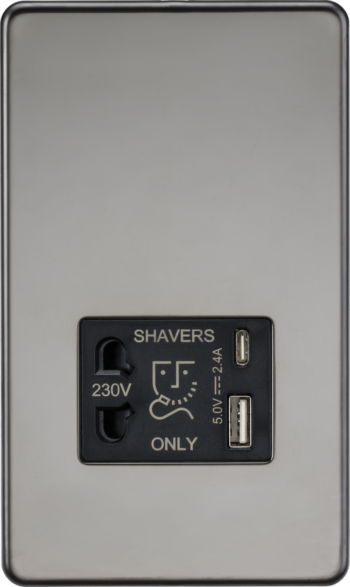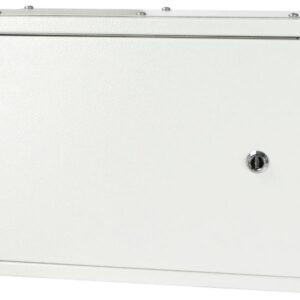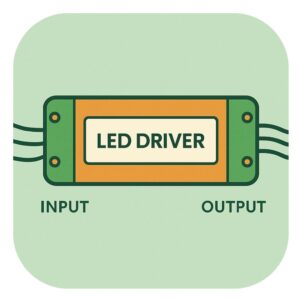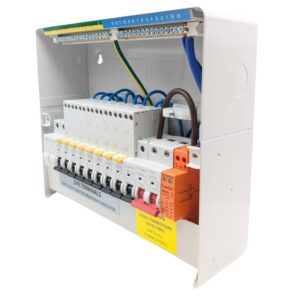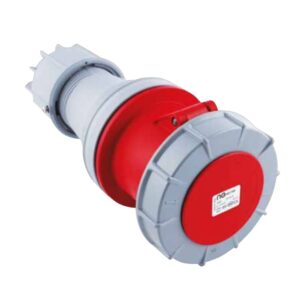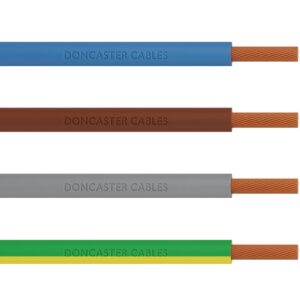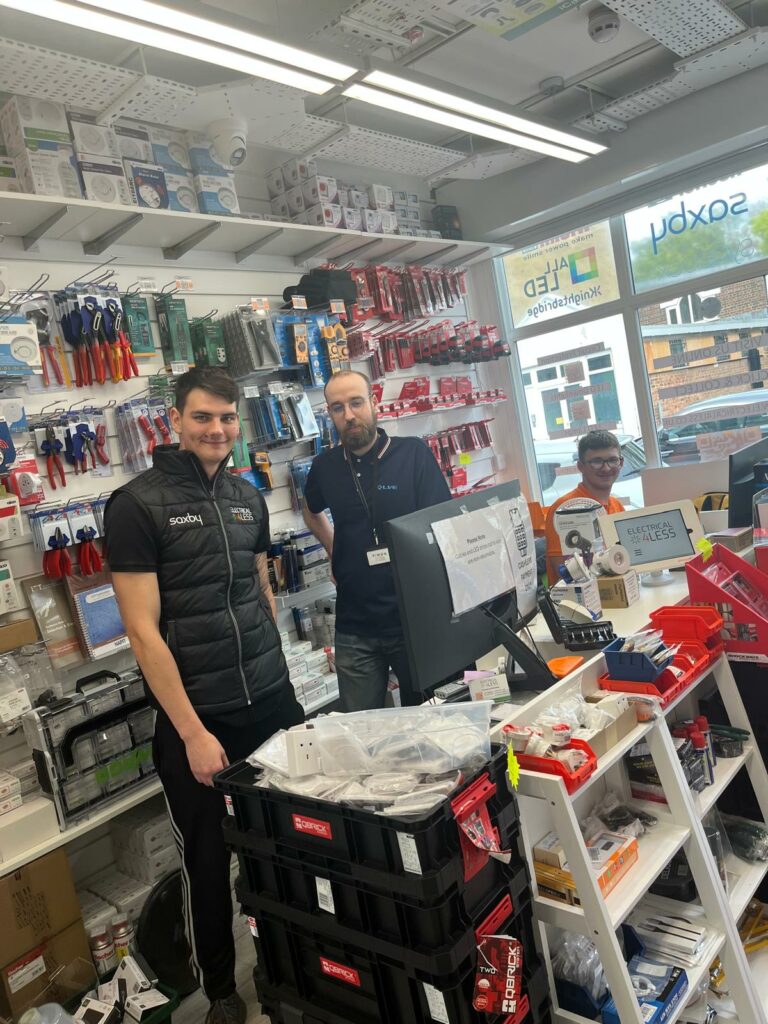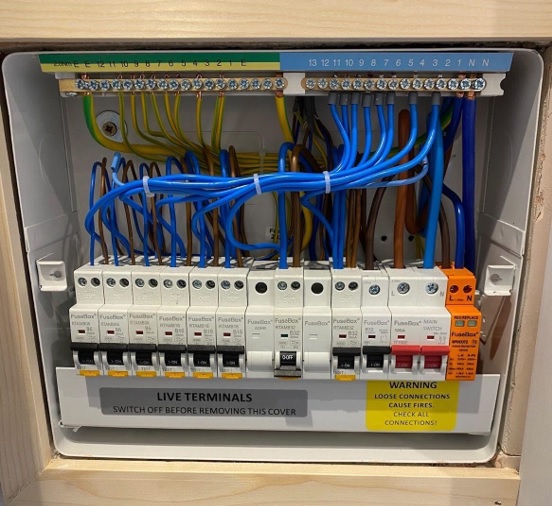
Consumer units, commonly referred to as fuse boxes, are crucial components in any electrical system. They serve as the heart of your home’s electrical distribution, ensuring safety and functionality. Whether you’re a homeowner, landlord, or tenant, understanding the basics of consumer units can help you maintain a safe and efficient electrical system.
In this FAQ section, we aim to answer common questions about consumer units, from their purpose and cost to installation requirements and maintenance. We’ll also delve into specific components like RCBOs and AFDDs, explaining their roles in enhancing electrical safety. Our goal is to provide clear, concise information to help you make informed decisions about your electrical installations.
Whether you’re considering upgrading your current system or just want to understand more about how consumer units work, this FAQ will guide you through the essentials. Let’s explore the key aspects of consumer units and ensure your home remains safe and compliant with the latest electrical standards.
Typically, a single consumer unit suffices for a home. However, you might need a second unit when adding circuits to an extension or powering an outbuilding like a garage or shed.
The installation location and purpose will determine the type of consumer unit required. For wet areas, an IP-rated unit is necessary. For outbuildings, a garage consumer unit is ideal. For the main house, consider the available space and opt for a flush unit if space is tight.
Plan the number of circuit banks and individual circuits to determine the number of ways and modules needed. Always allow for extra space for future additions or changes.
A consumer unit distributes and controls the electrical supply within a property, providing circuit protection and isolation.
Yes, installing a consumer unit must be done by a qualified electrician to ensure safety and compliance with regulations.
No, replacing a consumer unit should only be done by a qualified electrician due to the complexity and safety requirements.
Plastic consumer units are no longer recommended due to fire safety concerns. Metal consumer units are now the standard as per the 18th edition wiring regulations.
Signs you may need a new consumer unit include frequent tripping, an outdated unit, or visible damage. A qualified electrician can assess and recommend if a replacement is needed.
Consumer units typically last 20-30 years. However, they should be inspected regularly, and upgrades may be necessary to comply with new regulations.
Yes, consumer units can develop faults over time. Regular inspections and maintenance can identify and rectify issues.
Only a qualified electrician should install a consumer unit to ensure safety and compliance with regulations.
Nuisance tripping occurs when a circuit breaker trips without an apparent fault. This can be caused by over-sensitive devices or minor fluctuations in current.
Mission-critical circuits are essential circuits that must remain operational, such as those powering security systems, medical equipment, or IT infrastructure.
If your consumer unit trips, try to identify the cause by resetting the breakers one at a time. If the problem persists, contact a qualified electrician.
Yes, you can install a new consumer unit without a complete rewire, provided the existing wiring is in good condition and meets current standards.
An RCBO is a device that combines the functions of an RCD and an MCB, providing both earth fault and overcurrent protection.
An MCB (Miniature Circuit Breaker) protects electrical circuits from overcurrent and short circuits.
An RCD (Residual Current Device) detects earth faults and disconnects the circuit to prevent electric shock.
An SPD (Surge Protection Device) protects electrical equipment from voltage spikes.
An AFDD (Arc Fault Detection Device) detects dangerous electrical arcs and disconnects the power to prevent fires.
Yes, a certificate is required for a new consumer unit installation to confirm that it meets current safety standards and regulations.
Old style fuse boxes are still legal, but upgrading to a modern consumer unit is recommended for enhanced safety.
RCBOs provide more comprehensive protection by combining the functions of an RCD and an MCB, making them a better option for individual circuits.
An RCBO consumer unit is a type of consumer unit that uses RCBOs to provide individual circuit protection.
Yes, RCBOs can be fitted in an RCD consumer unit, providing additional protection for individual circuits.
Type A RCBOs are suitable for most residential installations, while type B RCBOs are used in commercial or industrial settings with higher demands.
RCBOs are used when individual circuit protection is needed, offering both earth fault and overcurrent protection.
Yes, Hager consumer units are known for their quality, reliability, and innovative features.
Yes, Fusebox consumer units are highly regarded for their safety, durability, and range of features.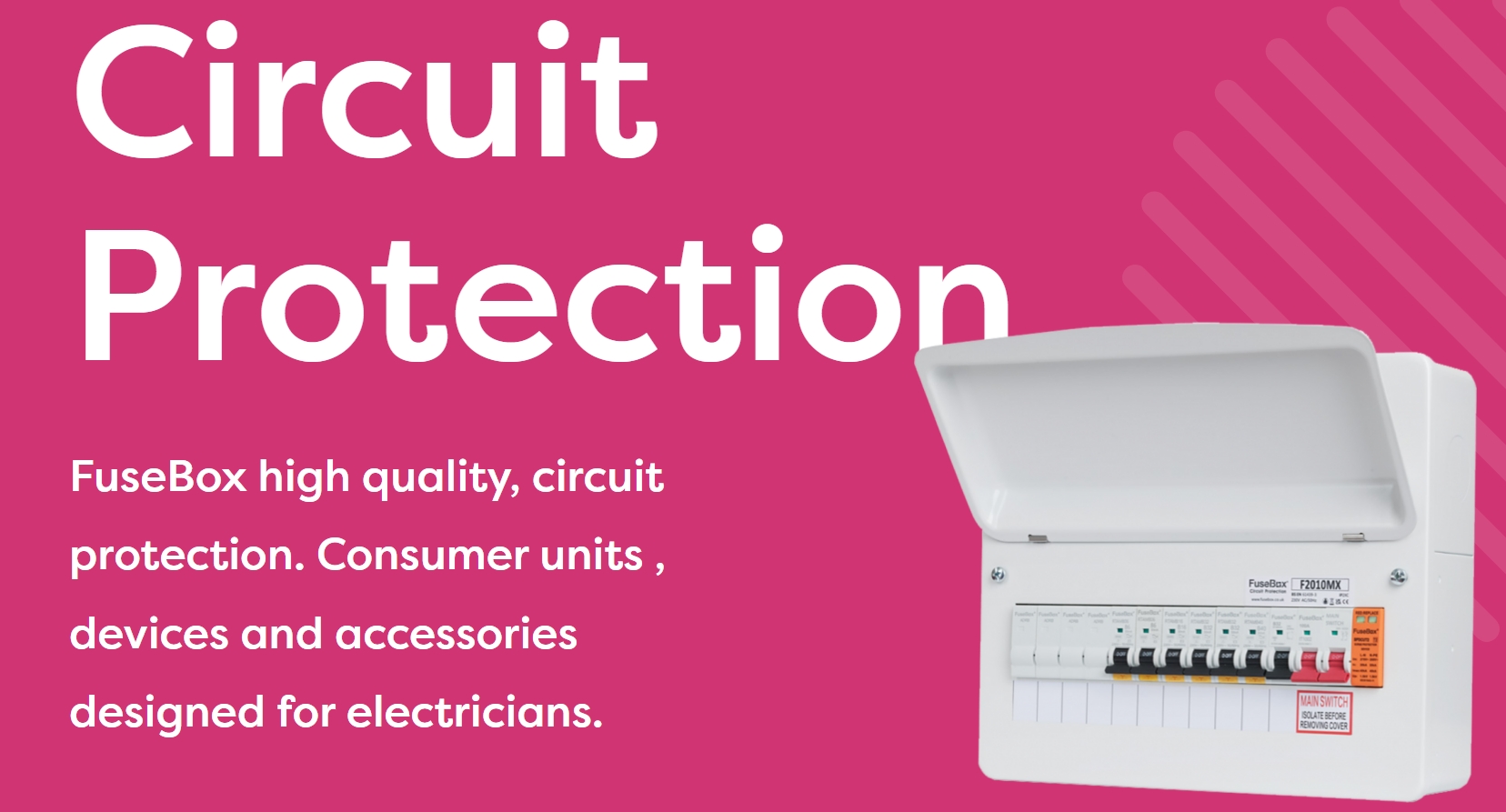
Find our full range of consumer units stocked right here!




